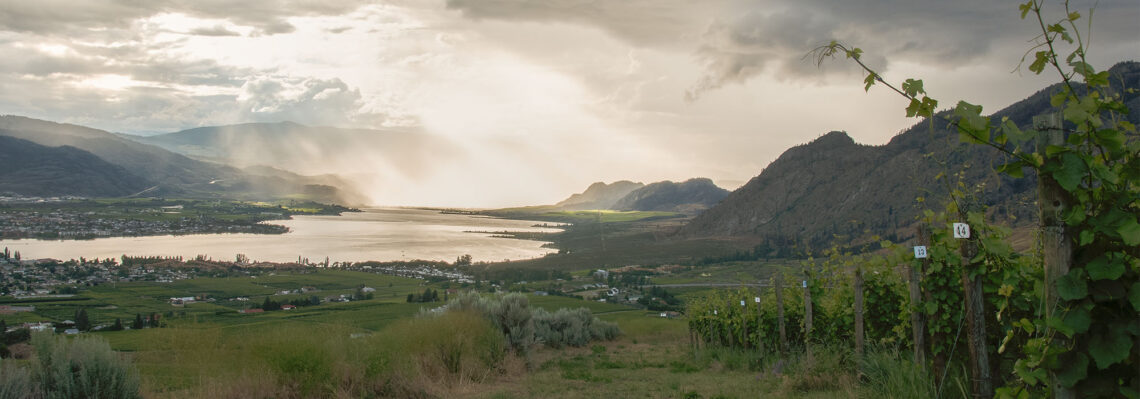Okanagan Falls’ name comes from the twin waterfalls that once existed where Skaha Lake flows into the Okanagan River before they disappeared in the early 1950s. At one time, the area was an important meeting and trading center for the local Aboriginal people. Subsequently, it was recognized as a privileged place for breeding and fruit growing.
In 1984, Agriculture Canada and the Association of British Columbia Grape Growers published an amazing book that is still referenced today. It included detailed maps identifying the best places to plant vines. Sites in and around Okanagan Falls have proven to have some of the best potential in the region.
The soils and topography of the area are characterized by hills made up of massive gravel, ideal for providing adequate drainage, and by steep slopes. The soils can vary greatly from vineyard to vineyard, with gravelly sites, some clayey and those classified as sandy loam.
Let’s find out more from the words of Shawna Thompson, Coordinator of The Heart of Wine Country.
For the full interview click here.








